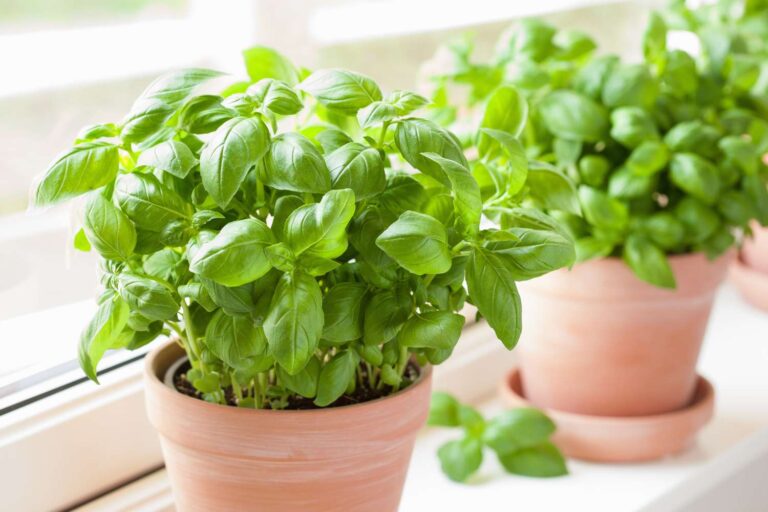Pistachio pesto is a delightful and versatile sauce that can elevate a variety of dishes. Whether you’ve made a large batch or want to ensure your pistachio pesto stays fresh for as long as possible, knowing the best storage and preservation techniques is essential. This guide will walk you through the most effective methods for storing and preserving pistachio pesto, ensuring it remains delicious and vibrant.
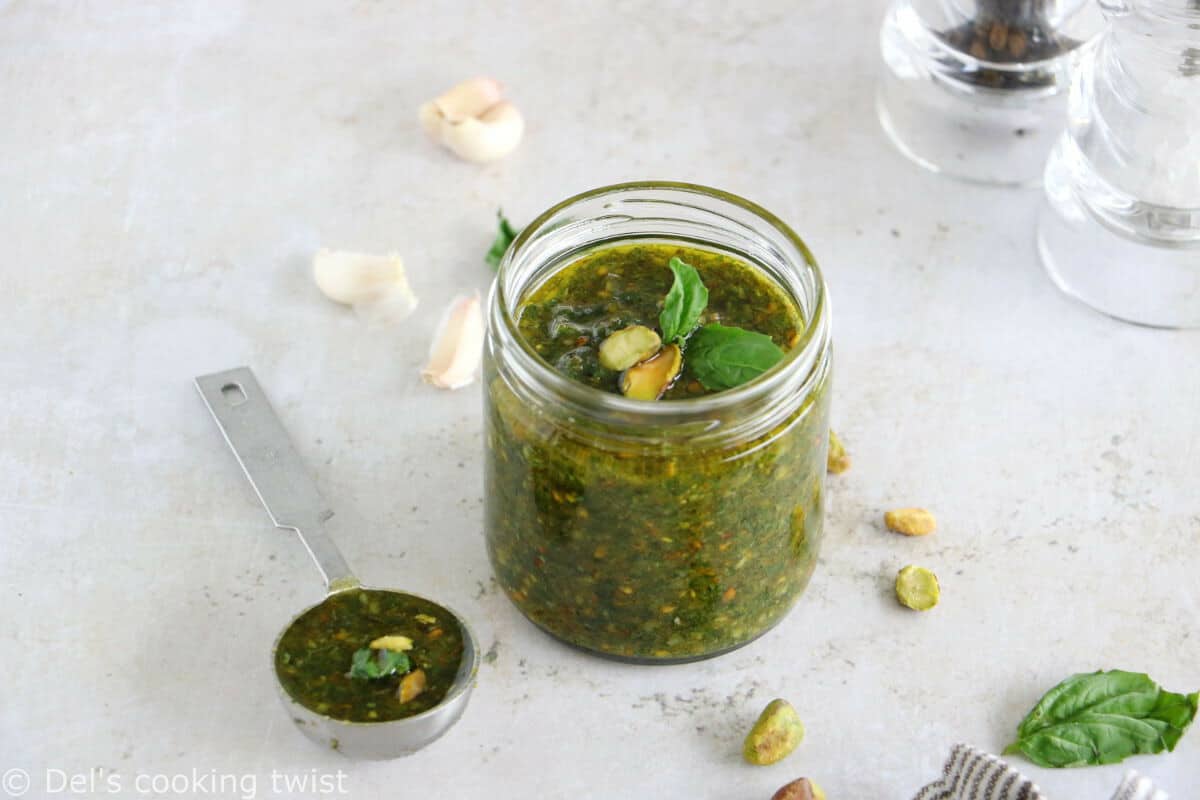
Short-term Storage Tips
When it comes to short-term storage, the goal is to keep the pistachio pesto fresh and flavorful for immediate use. Here are the best practices for short-term storage.
Refrigeration
Refrigeration is the most common method for short-term storage of pistachio pesto. To properly refrigerate your pesto:
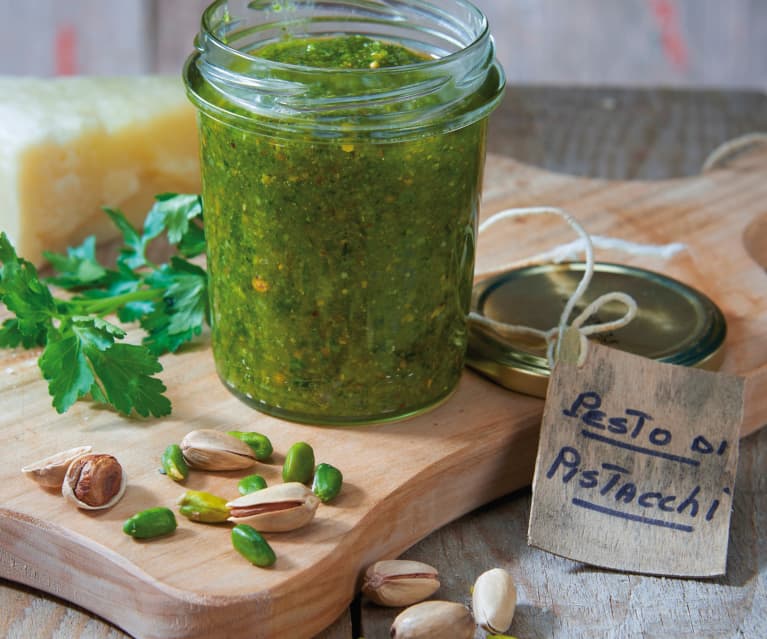
- Use an airtight container: Store your pistachio pesto in a clean, airtight container to prevent air exposure, which can cause oxidation and spoilage. Glass jars with tight-fitting lids or plastic containers designed for food storage work well.
- Add a layer of olive oil: Pour a thin layer of olive oil over the top of the pesto before sealing the container. This oil layer acts as a barrier, preventing air from reaching the pesto and maintaining its vibrant green color. Make sure the oil covers the entire surface.
- Label and date: Always label the container with the date it was made. This helps you keep track of its freshness. Generally, refrigerated pistachio pesto can last for up to one week. If you plan to use it over a few days, give the pesto a good stir before serving to mix the oil back in.
Freezing
For longer short-term storage, freezing pistachio pesto is a great option. Follow these steps to freeze your pesto:
- Portion control: Divide the pesto into smaller portions. This makes it easier to defrost only what you need, reducing waste and ensuring freshness. Consider portioning the pesto into amounts you typically use for one meal.
- Use ice cube trays: Spoon the pesto into ice cube trays for easy, individual servings. Once frozen, transfer the pesto cubes to a freezer-safe bag or container. This method allows you to grab a cube or two whenever you need it.
- Seal properly: Ensure the container or bag is tightly sealed to prevent freezer burn. Remove as much air as possible before sealing. Vacuum-sealed bags are particularly effective for this purpose.
- Label and date: As with refrigeration, labeling and dating the pesto is crucial. Frozen pistachio pesto can last for up to six months. For best results, use a marker to write the date directly on the bag or container.
Long-term Preservation Methods
For those looking to store pistachio pesto for an extended period, long-term preservation methods are necessary. Here are some effective techniques:
Canning
Canning pistachio pesto can be an excellent way to preserve it for up to a year. The process involves:
- Sterilizing jars: Sterilize canning jars and lids by boiling them in water. Ensure they are completely dry before use to prevent any moisture from causing spoilage.
- Hot-packing: Heat the pesto to a simmer before packing it into the jars, leaving about half an inch of headspace at the top. This helps to remove air bubbles and ensures a better seal.
- Processing: Process the jars in a boiling water bath for the recommended time, usually around 10-15 minutes. Make sure the jars are fully submerged in water and maintain a steady boil.
- Cooling and storage: Allow the jars to cool completely before storing them in a cool, dark place. Check the seals to ensure they are secure. Properly canned pesto can last up to a year.
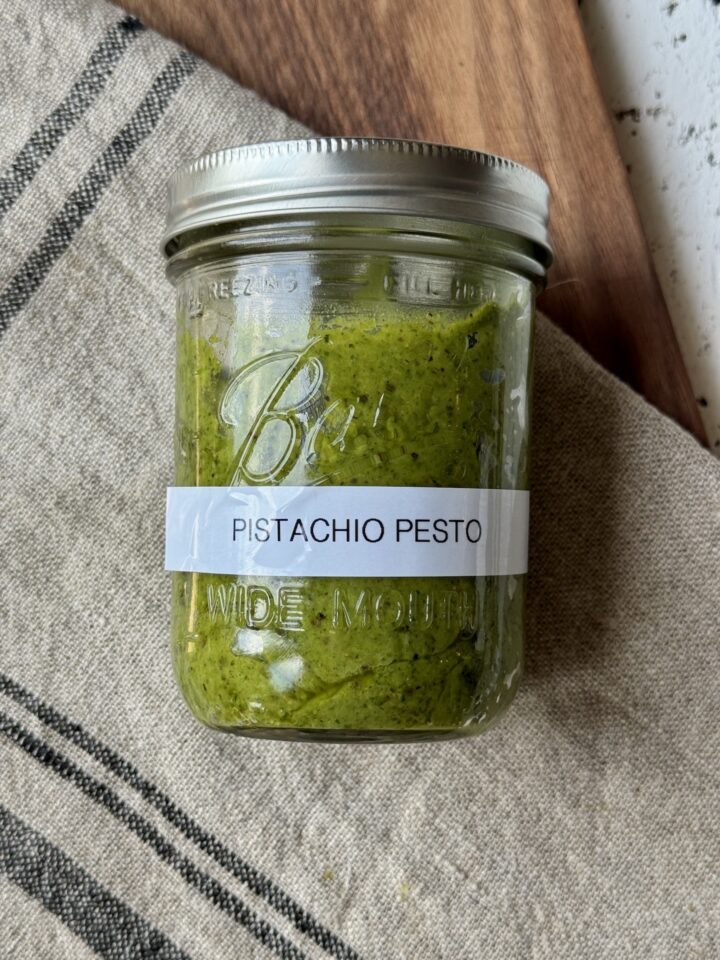
Vacuum Sealing
Vacuum sealing is another excellent method for long-term storage. This technique involves:
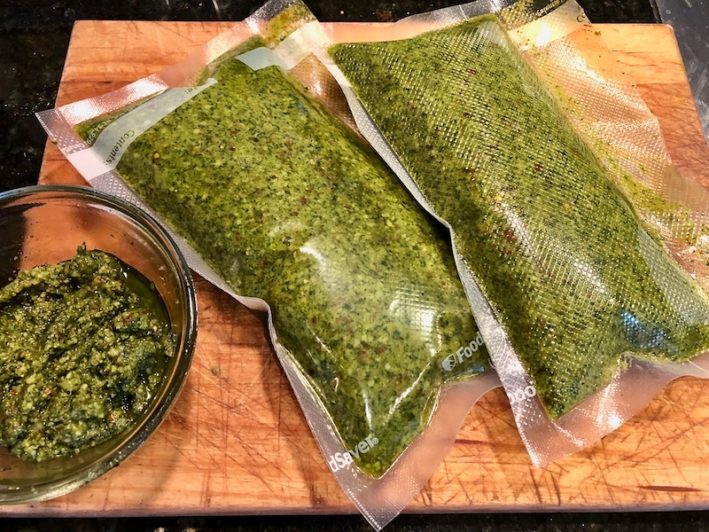
- Portioning the pesto: Divide the pesto into appropriate portion sizes. This makes it easier to thaw only what you need.
- Vacuum sealing: Use a vacuum sealer to remove air from the bags before sealing them. This helps to prevent freezer burn and maintain the pesto’s flavor and texture.
- Freezing: Store the vacuum-sealed bags in the freezer. This method can keep pesto fresh for up to a year. Make sure to label and date the bags for easy tracking.
Maintaining Freshness and Flavor
Ensuring the freshness and flavor of pistachio pesto involves more than just the method of storage. Here are some additional tips:
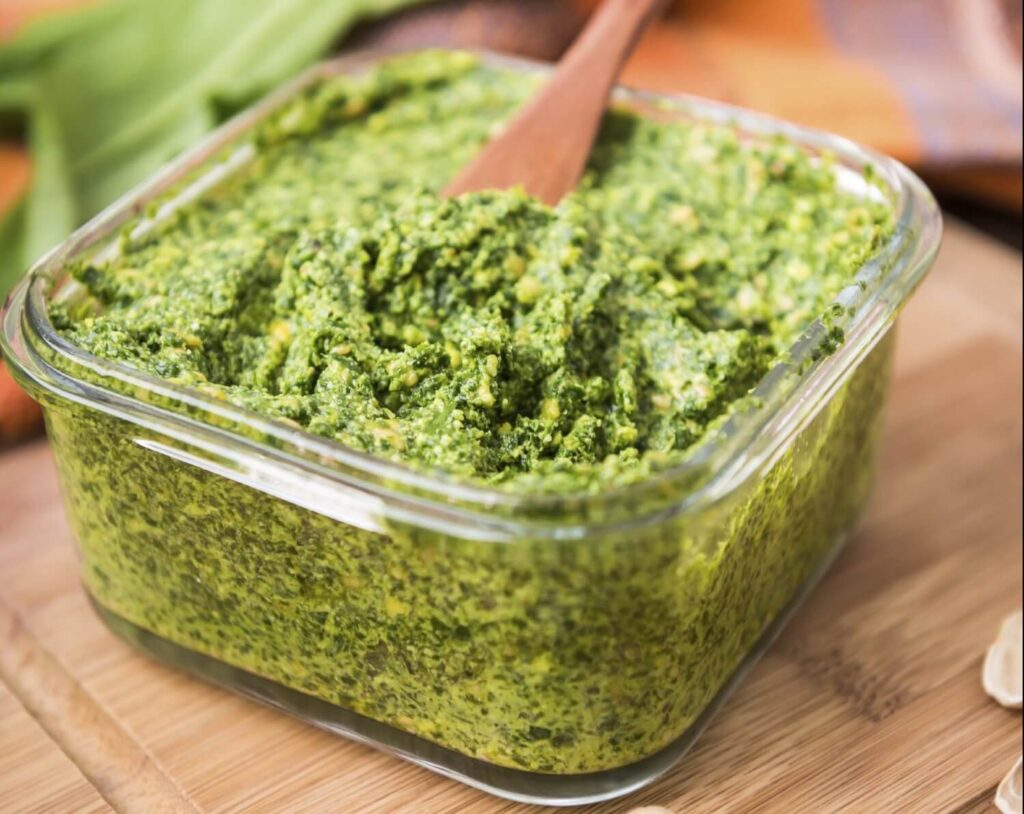
- Quality ingredients: Use the freshest ingredients when making pistachio pesto. Fresh basil, high-quality olive oil, and freshly shelled pistachios make a significant difference. Opt for organic and local produce whenever possible.
- Minimize air exposure: Always store pesto in airtight containers to reduce air exposure, which can lead to oxidation and spoilage. Use containers that fit the amount of pesto you have to minimize the empty space inside.
- Avoid heat: Keep pesto away from heat sources. Store it in a cool, dark place or the refrigerator. Heat can cause the oils in the pesto to break down and spoil.
- Check regularly: Periodically check your stored pesto for signs of spoilage, such as mold or off smells. If you notice any changes in color or texture, it’s best to discard the pesto.
Common Preservation Mistakes
Avoiding common preservation mistakes is key to ensuring your pistachio pesto remains fresh and delicious. Here are some mistakes to watch out for:
- Inadequate sealing: Failing to properly seal containers or bags can lead to air exposure and freezer burn. Always check the seals and ensure there are no leaks.
- Improper labeling: Not labeling and dating your pesto can result in forgetting when it was made, increasing the risk of using spoiled pesto. Make labeling a habit to ensure you use the oldest pesto first.
- Incorrect storage temperature: Storing pesto at the wrong temperature can lead to spoilage. Always store refrigerated pesto at or below 40°F (4°C) and frozen pesto at 0°F (-18°C) or lower.
- Using low-quality ingredients: The quality of the ingredients directly impacts the shelf life and flavor of your pesto. Always use the best ingredients available. Fresh, high-quality ingredients make a noticeable difference in both taste and preservation.
Conclusion
In conclusion, storing and preserving pistachio pesto requires careful attention to detail and the right techniques. By following the tips outlined above, you can enjoy fresh and flavorful pesto for weeks or even months. Whether you choose to refrigerate, freeze, can, or vacuum seal your pesto, each method has its benefits and can help you make the most of this delicious sauce. Avoid common mistakes to ensure your pesto remains as delightful as the day it was made.
FAQs
Disclosure: Our blog contains affiliate links to products. We may receive a commission for purchases made through these links. However, this does not impact our reviews and comparisons. We try our best to keep things fair and balanced, in order to help you make the best choice for you.


